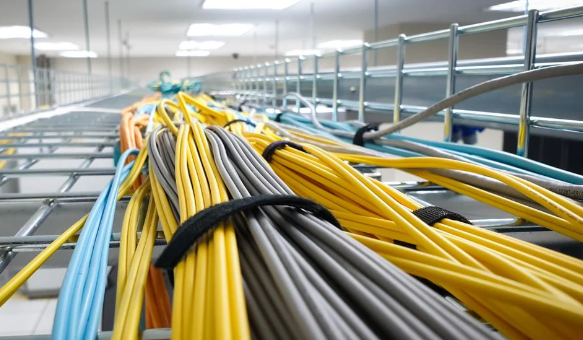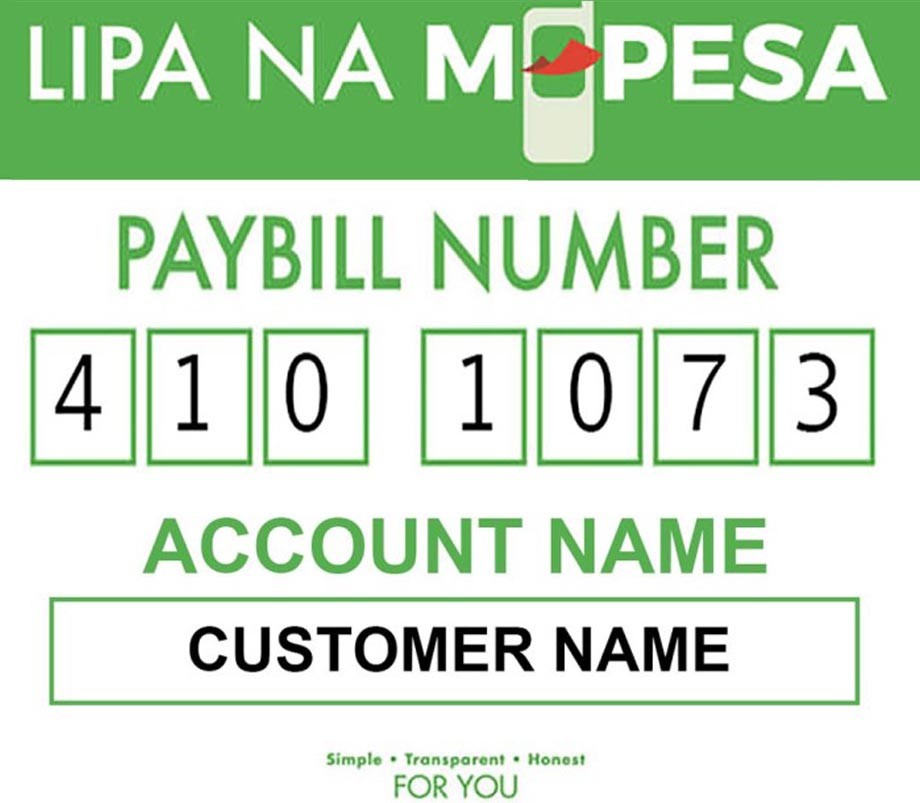
What are the advantages of fiber optic AV systems in government applications?
1. High Bandwidth and Speed
Fiber optics offer significantly higher bandwidth compared to traditional copper cables, enabling faster and more efficient data transmission. This is especially important for government applications, where handling large amounts of data is common, such as video surveillance, teleconferencing, and secure communications. For instance, high-definition video streams and real-time conferencing require substantial bandwidth. Fiber optics can transmit this data quickly and efficiently, ensuring smooth, uninterrupted communication without buffering or latency issues. In addition, they support high-quality, real-time transmission over long distances, which is ideal for dispersed government offices or communication networks spread across large geographical areas.
Government agencies that rely on large-scale databases, such as those for homeland security, defense, or public records, benefit from the speed and reliability of fiber optics for internal communication and external data sharing. The ability to transfer high volumes of data with minimal lag is crucial for tasks like coordinating response efforts in emergencies, transmitting detailed satellite images, or sharing classified information quickly and securely.
2. Enhanced Security
Security is paramount for government operations, and fiber optic AV systems offer substantial improvements in this area over traditional copper or wireless communication systems. Fiber optic cables are inherently more secure because they transmit data through light signals rather than electrical currents. This makes them highly resistant to interception or tampering. While it’s relatively easy to tap into a copper cable and extract data without interrupting the signal, doing so with fiber optics is much more challenging. Any attempt to tap a fiber optic cable typically results in a noticeable loss of signal, alerting the system to potential breaches.
For government agencies handling classified information, the enhanced security that fiber optic systems provide is invaluable. Sensitive departments such as defense, intelligence, and law enforcement can transmit data with greater confidence that their communications are secure. Fiber optics also resist electromagnetic interference (EMI), which can be exploited to eavesdrop on copper cables, further reducing security vulnerabilities.
3. Minimal Signal Degradation
One of the biggest advantages of fiber optic cables is their ability to maintain signal integrity over long distances. Unlike copper wires, where signals degrade over distance due to resistance and interference, fiber optics use light signals that can travel for miles without significant loss of quality. This is critical in government applications where communication infrastructure needs to cover large geographical areas, such as state-wide surveillance systems or interdepartmental communications across different regions.
For example, when government agencies deploy surveillance cameras in remote areas or extend their network infrastructure to rural offices, fiber optics ensure that data transmission remains fast and clear without requiring signal repeaters or amplifiers. This results in cost savings and improved operational efficiency, as fewer intermediate devices need to be installed and maintained.
4. Immunity to Electromagnetic Interference (EMI)
Fiber optic cables are immune to electromagnetic interference, which is a significant advantage in environments with heavy machinery, power lines, or other electronic equipment. In government facilities, such as military bases, airports, and industrial areas, EMI can severely impact the performance of copper or wireless networks, causing data loss or slowdowns. Fiber optics, by contrast, are not affected by these factors, making them more reliable for transmitting data in environments where interference is a concern.
For government applications like airport security systems, public transportation networks, or critical infrastructure monitoring, the use of fiber optics ensures that communications are not disrupted by external interference. This stability is crucial for maintaining seamless operations, ensuring the safety of personnel, and protecting public resources.
5. Scalability
Fiber optic networks are highly scalable, making them future-proof for government use. As the demand for data increases, especially with the growing reliance on video conferencing, cloud services, and big data analytics, fiber optics can accommodate these needs without requiring significant upgrades. Unlike copper cables, which have bandwidth limitations, fiber optics can easily handle increasing data loads by upgrading network components rather than replacing the entire infrastructure.
This scalability is particularly beneficial for governments as they expand digital services to the public, adopt smart city technologies, or integrate advanced surveillance and communication tools. For example, smart city initiatives require real-time monitoring and communication between traffic systems, security cameras, and public services. Fiber optics can support these high-bandwidth needs, enabling governments to modernize their cities without overhauling existing communication infrastructure.
6. Durability and Low Maintenance
Fiber optic systems are more durable than copper-based systems, making them less prone to physical damage. Fiber cables are not susceptible to corrosion or weather-related wear, and they can withstand harsh environmental conditions, making them ideal for outdoor installations. This is important in government applications, where infrastructure reliability is crucial, especially in remote areas or regions prone to extreme weather conditions.
The reduced maintenance costs associated with fiber optic systems are a major benefit for government agencies working with limited budgets. Fiber optics require fewer repairs and less frequent maintenance than copper cables, leading to cost savings over time. In applications such as border control, military communication networks, or disaster recovery systems, the durability of fiber optics ensures that communication lines remain operational during critical times when reliability is most needed.
7. Long-Term Cost Savings
While the initial cost of installing fiber optic systems may be higher than traditional copper systems, the long-term savings are substantial. Fiber optic cables are more energy-efficient, consume less power for data transmission, and require less infrastructure for signal boosting over long distances. In government settings, where cost-efficiency is a priority, these long-term savings can be significant, especially when accounting for reduced maintenance, lower operational costs, and fewer infrastructure upgrades.
Governments can also save costs by minimizing downtime. Fiber optic systems are less prone to outages caused by physical damage or environmental factors, leading to greater uptime for critical services such as emergency communication networks, public safety systems, and transportation management.
8. Improved Public Services
Fiber optics enable governments to offer better services to citizens by providing a robust, high-speed communication infrastructure. For example, fiber networks allow governments to offer faster internet services to rural areas, promote online services like e-government portals, and improve public safety through enhanced surveillance and emergency response systems. In educational institutions, healthcare, and public libraries, fiber optics support high-speed internet, enabling better access to digital resources and services.
Additionally, fiber optics play a critical role in enabling smart city applications, such as traffic management, energy efficiency monitoring, and automated public services, all of which rely on real-time data collection and transmission. By adopting fiber optic systems, governments can improve the efficiency and responsiveness of urban services, leading to higher quality of life for citizens.
123
0
667
172
